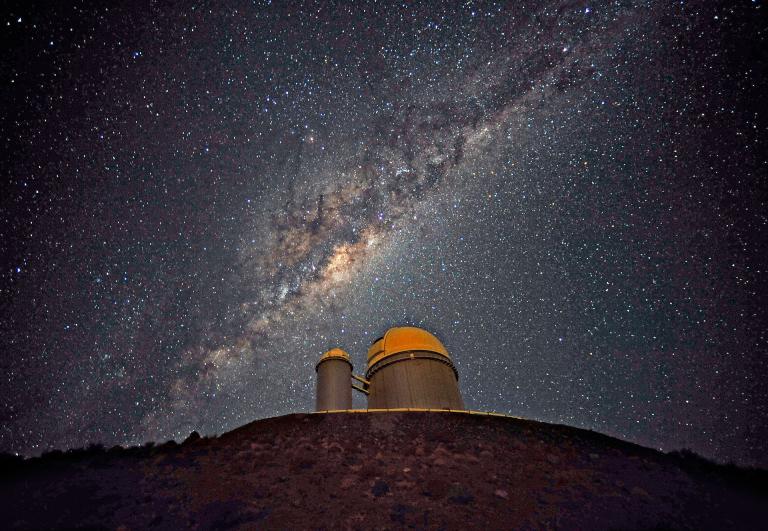
Notes from an as-yet unfinished manuscript:
The Jesus Seminar:
The Christ of creed and dogma, who had been firmly in place in the Middle Ages, can no longer command the assent of those who have seen the heavens through Galileo’s telescope. The old deities and demons were swept from the skies by that remarkable glass. Copernicus, Kepler, and Galileo have dismantled the mythological abodes of the gods and Satan, and bequeathed us secular heavens.[1]
Strikingly, though, those writing for the Jesus Seminar aren’t actually astronomers themselves. By contrast, Owen Gingerich, an astronomer at Harvard University, has gone on public record as declaring that the Big Bang seems to fit best into a world view that accepts the existence of God.[2] Allan Sandage, who discovered the quasar at Mount Palomar Observatory in 1961 and who has been described by the New York Times as “the Grand Old man of Cosmology.”[3] (“Hubble-Sandage variable stars” are named after him and his illustrious teacher, Edwin Hubble.) Jewish by birth but agnostic or atheistic since childhood, Sandage announced at a conference in Dallas in 1985 that he had decided, at the age of fifty, to become a Christian.[4] “It was my science that drove me to the conclusion that the world is much more complicated than can be explained by science,” he told a Newsweek reporter years later. “It was only through the supernatural that I can understand the mystery of existence.”[5] “Many scientists are now driven to faith by their very work.”[6]
[1] Robert W. Funk, Roy W. Hoover, and The Jesus Seminar, The Five Gospels (San Francisco: HarperSanFrancisco, 1993), 2. [Check original.]
[2] See Strobel, The Case for a Creator, 70.
[3] Biographical information about Dr. Sandage, including some of his medals and awards, can be accessed at http://www.phys-astro.sonoma.edu/brucemedalists/sandage/.
[4] See Strobel, The Case for a Creator, 69-70.
[5] Sharon Begley, “Science Finds God,” Newsweek (20 July 1998). [See original.]
[6] Allan Sandage, “A Scientist Reflects on Religious Belief,” available at www.leaderu.com/truth/1truth15.html. [Check. Better (published) source available?]
Anglo-American astrophysicist Paul Davies:
Should we conclude that the universe is a product of design? The new physics and the new cosmology hold out a tantalizing promise: that we might be able to explain how all the physical structures in the universe have come to exist, automatically, as the result of natural processes. We should then no longer have need for a Creator in the traditional sense. Nevertheless, though science may explain the world, we still have to explain science. The laws which enable the universe to come into being spontaneously seem themselves to be the product of exceedingly ingenious design. If physics is the product of design, the universe must have a purpose, and the evidence of modern physics suggests strongly to me that the purpose includes us.[1]
[1] Paul Davies, Superforce (New York: Simon and Schuster, 1984), 243. [See original.]
Posted from Park City, Utah











